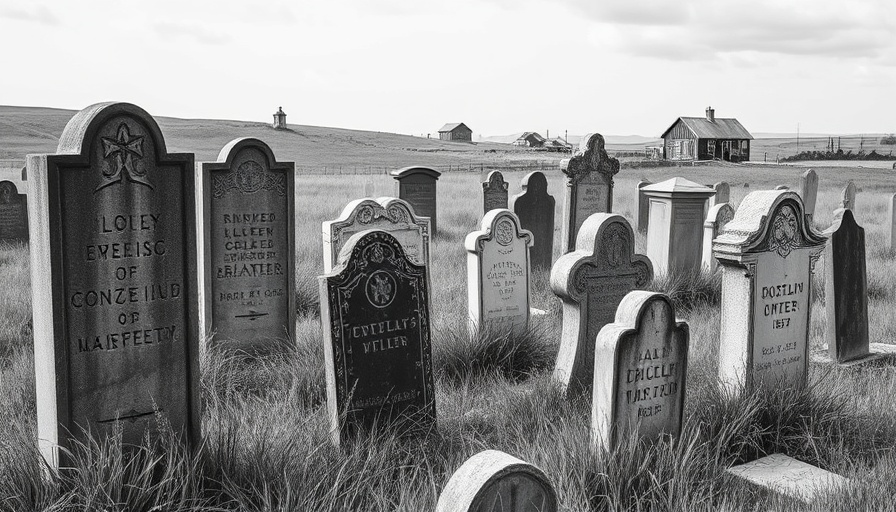
The Importance of Historical Awareness in Landscaping
Understanding the history of our landscapes helps homeowners appreciate their surroundings while making informed decisions about landscaping practices. The story of the Greenlawn Cemetery in Indianapolis exemplifies how areas frequently overlooked can hold cultural significance. For Long Island homeowners, recognizing local history can inspire unique landscaping designs that respect and reflect the narratives tied to the land.
Incorporating Cultural Heritage into Your Garden
As evidenced by Ahmaud Carroll-Tubbs' impactful work, preserving history through landscaping is vital. Homeowners on Long Island can draw inspiration from such projects by integrating local plant species that reflect the region’s history or cultural significance. Features like memorial gardens or native plant installations can become a tribute to the local community’s past.
Planning Wisely with Respect to the Environment
Ahmaud's research revealed that the African American burial grounds had practical implications for nearby developments. Similarly, when planning landscaping projects, it's critical to consider how your actions might affect the local environment. Practices such as planting native species enhance biodiversity and contribute to sustainable ecosystems, making our gardens both beautiful and environmentally friendly.
Homeowners can enrich their outdoor spaces not just with plants but with stories. Creating spaces that serve as living legacies allows one to cultivate a deeper connection to both the land—and the histories entwined within it.
This summer, while transforming your garden, reflect on how landscaping can be more than aesthetics. It can serve as a canvas for storytelling, celebrating the rich cultural legacy of your community.
 Add Row
Add Row  Add
Add 




 Add Row
Add Row  Add
Add 

Write A Comment